“For a Negro, there’s no difference in the North and South…There’s a difference in the way they castrate you, but the fact of the castration is the American fact.” — James Baldwin.
On October 17, I walked into a Milford, Connecticut, movie theater to watch “Marshall.” Set in Bridgeport, the film stars Chadwick Boseman as Thurgood Marshall who represented Joseph Spell, a black man who was accused of raping Eleanor Strubing, a white woman. The judge presiding over the trial barred Marshall from speaking in court, rendering him even more voiceless than his client. After their first pre-trial hearing, Marshall commented that in the Jim Crow South he met judges who forced him to enter the courtroom through the back, but even they let him speak in court.
As a black man from Connecticut, I predicted the rest of the judge’s biased rulings ― along with the local bigotry ― so well I might as well have written the script. Like many rape accusations against black men back then, those levied against Spell were false, and he went home free. But the damage was done. I walked out of the theater convinced Spell would have had to skip town for committing the offense of interracial sex.
After all, that was the real reason he was on trial, and any black person from Connecticut knows that.
“Marshall” was an accurate depiction of James Baldwin’s American fact that racism in the United States was never restricted to the South, and for the first time I saw a movie that gave the full picture of race relations in Connecticut.
I grew up in Stratford, Connecticut, and attended high school in Naugatuck and Seymour. However, I am descended from Southerners. Most of my immediate family lived in Mississippi during the Jim Crow era and desegregation.
For example, my mother, Felicia Coble, at 7 years old, had to walk to the bathroom at school with a partner for her own protection during the school busings in McComb, Mississippi.
“White people were so bad,” Coble said with tears in her eyes. “We couldn’t even pee.”
Her father, Barney Pace, grew up so poor in Decatur, Mississippi, that he had to hunt for his own food. However, he had a talent for baseball and basketball and aspired to play for Mississippi Industrial College.
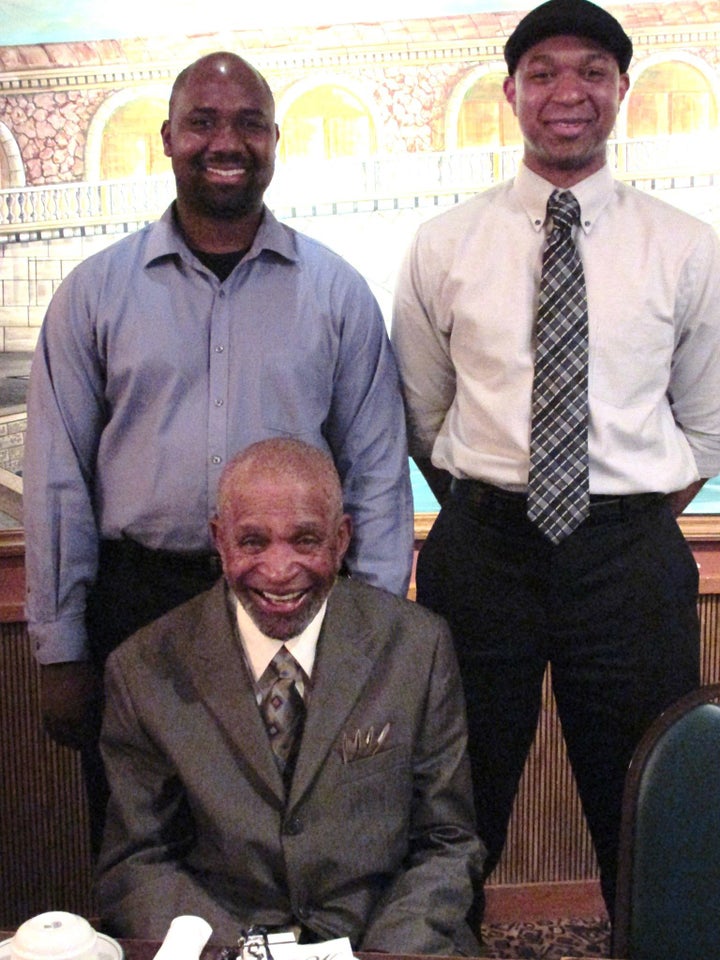
Despite strict segregation in the area, Pace said white girls used to drive into the black side of town by his high school and start “dancing and stuff.” When white males from the area found out, they threatened to lynch Pace. So he lied about his age and joined the military at 17 years old. Instead of playing high school sports in Mississippi, he traveled to an army base in Alaska.
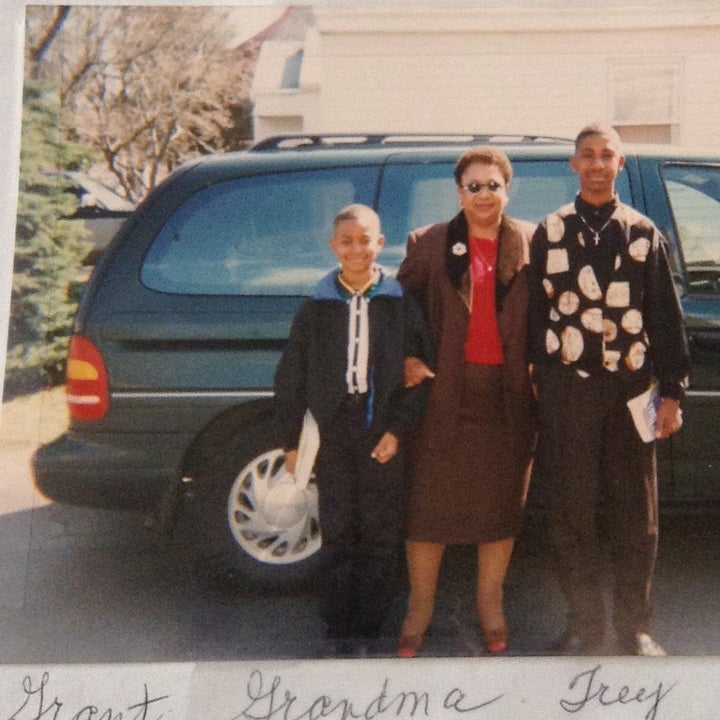
My grandmother, Elene Crosby, grew up the middle-class daughter of a United Methodist minister in Holly Springs, Mississippi. She then moved to Stratford, Connecticut, where she taught English at Flood Middle School for 30 years and spent 23 of them as the only black teacher in the building. Unlike Pace, nobody threatened to lynch her, but Crosby fought Connecticut’s sinister-yet-subtle bigotry instead. School administrators would warn other teachers before evaluating them in their classrooms, but Crosby received no such notice before they evaluated her; sometimes three weeks in a row.
When she confronted her superiors about it, they gave no explanation.
Crosby also endured hate speech from students. One wrote in one of her literature books that she gave “chocolate milk”.
“So?” Crosby wrote back. “Your mother gives white milk.”
When Crosby met her late husband, Philip Crosby, in 1971, he owned his own barbershop and a fancy sports car, but he parked that car in his backyard in Bridgeport until it dry rotted because local police harassed him over it.
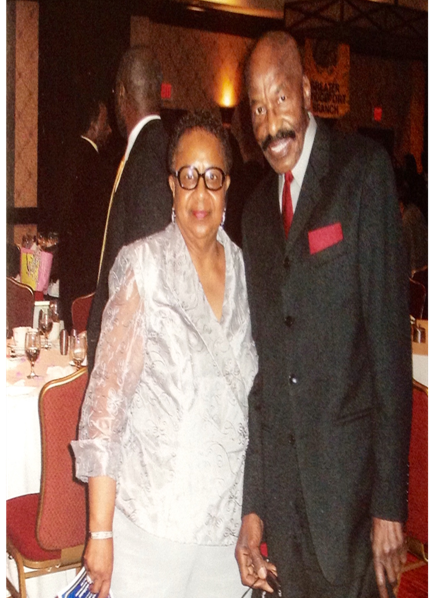
May my grandfather, Philip Crosby (right), rest in peace.
“I think they would follow him, and he parked the car and they would give him tickets,” Crosby said. “He couldn’t even park it in front of his house. They wouldn’t leave him alone.”
Crosby wasn’t the only teacher in my family, nor was she the only one in Connecticut. My aunt Linda “Faye” Dowell was the first contractually hired black teacher for Stratford High School after she moved north from Holly Springs.
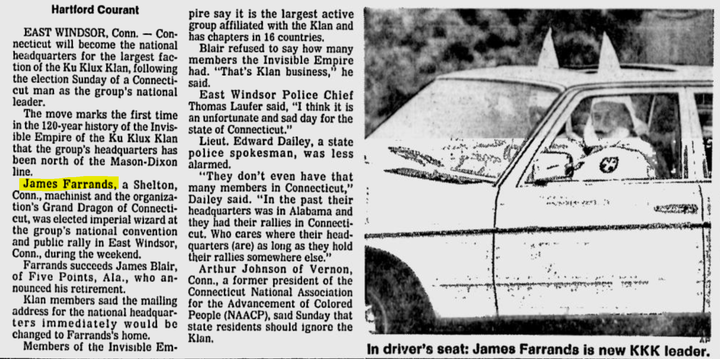
James Farrands was a KKK leader in Connecticut.
In 1972, Dowell moved to Shelton, Connecticut, home of Ku Klux Klan Grand Dragon James Farrands. She didn’t run into Farrands, but moving into the Huntington neighborhood was more than enough bigotry for a lifetime.
“People were upset,” Dowell said. “They started a petition to keep us out of the neighborhood.”
The Dowells lived in Shelton for 42 years before moving back down south to Byhalia, Mississippi where Dowell said they have met “friendlier people.”
“I am terrified at the moral apathy, the death of the heart which is happening in my country. These people have deluded themselves for so long, they really don’t think I’m human. I base this on their conduct, not on what they say. And this means that they have become themselves moral monsters. That’s a terrible indictment, and I mean every word…” — James Baldwin.
My elders’ experiences weren’t that long ago, but you might argue that they occurred during a different era, that millennials were always more racially tolerant and, for those reasons, there is no such thing as racism in Connecticut anymore.
You would be wrong, but it’s amazing how quick people are to deny that racism exists in my state.
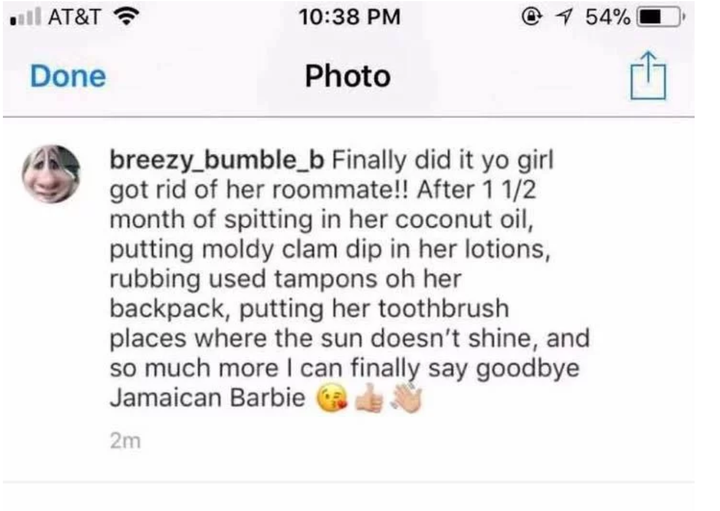
This is a screen shot of Brianna Brochu bragging about driving out her black roommate.
Last week, I read about Brianna Brochu, a white female freshman at the University of Hartford who drove out her black roommate, Chennel Rowe, by rubbing used tampons on her belongings, replacing her lotion with moldy clam dip and shoving Rowe’s toothbrush up her own rectum.
When I said I wasn’t shocked that Brochu was from Harwinton, Connecticut, of course I got some backlash.

Isabelle Peterson disagrees with my assessment of Connecticut.
Yes, Connecticut has accepting people. I’ve had white neighbors who never batted a discriminatory eye towards me: the Emersons, the Weisses, the Decrescenzos to name a few. You won’t find many corners of the world where there aren’t good-hearted folks who don’t judge you by the color of your skin, but ignoring bigotry only lets it fester until you and those good people suffer its stench.
And Connecticut has done its fair share of festering.
In the early 2000s, Stratford gave birth to Connecticut’s first homegrown white supremacist group, the Connecticut White Wolves, led by Kenneth Zrallack. By 2011, some of them got convicted for weapons trafficking, and in 2015, Zrallack was the first active member of “White Lives Matter,” according to the Anti-Defamation League.
Unfortunately, the White Wolves are not Connecticut’s only hate group, and hate groups are not the only manifestation of racism.
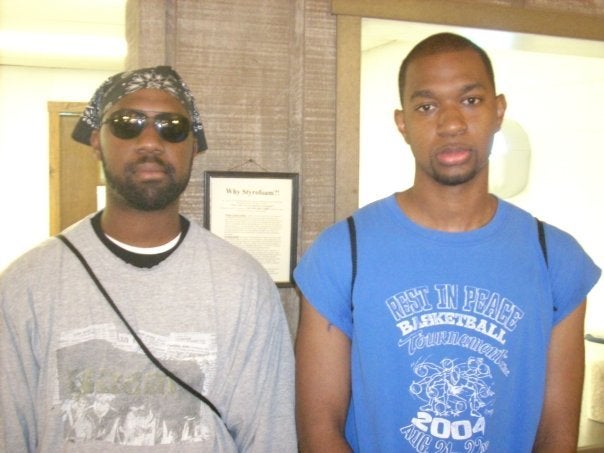
By the time we moved to Naugatuck, Connecticut, Trey and I experienced our fair share of bigotry.
When my brother, Trey Miller, was 13 years old, a man in Stratford saw him walking down the street and yelled the “n-word” at him. He didn’t know or ask for my brother’s actual name because he didn’t need it to dehumanize him.
A Stratford police officer also once stopped my brother for jaywalking ― at least, that’s what the officer told him.
“I stepped off the crosswalk when I was a couple feet from the curb,” Trey said. “Trying to catch up with friends.”
He said the officer, who was white, made him sit in the back of his police car to take down his information. Jaywalking in Connecticut results in a ticket at most, and the back of a cop car is no place for a kid walking home from school.
My brother experienced racial profiling before either of us fully understood it.
When we moved to Naugatuck, Trey attended Naugatuck High School, and it wasn’t much better. He had a white girlfriend, but some of his white male classmates didn’t like that. They said she and Miller would have “Oreo babies,” as if biracial kids were somehow a bad thing.
The bigotry wasn’t restricted to a school building. We lived on 1082 May Street, in a middle-class section of Naugatuck, and we were the only black family on our end of the street. One morning, I looked outside of our house and our mailbox was gone. I walked up our driveway and noticed the remains of a small, smashed pumpkin laid on our grass next to what was left of our mailbox. Ours was the only one on our street that got hit. When I showed my father, Tom Coble, he shook his head and muttered “These racist people,” before walking back in the house.
Even as a bookworm who mostly stayed to himself outside of church and occasionally played basketball with friends, I wasn’t immune to microaggressions and flat-out racist language. In high school, a white student called me a “black bastard,” and though I confronted him, I opted not to take a swing and get suspended.
(He later apologized and shook my hand).
Another white male student apparently thought it was funny to call me “Nappy Roots,” and I had to remind myself that he wasn’t worth the consequences of lashing out.
Time after time, I swallowed my anger, went to class, and earned good grades like I was supposed to do, but part of me wanted to hurt everyone who hurt us. Still, I couldn’t bring myself to get in trouble and hurt my chances in life over them. My parents pushed me to do well in school, go to college and become whatever I wanted.
Why throw away my future over bigoted fools?
So I didn’t, and now I have two post-graduate degrees, five science-fiction novels(in which I discuss racism at length) and the honor of calling myself the first member of my family to visit Africa. I saw more blatant racism in major cities like Chicago, but unlike my high school days, I spoke up. I had decided that no amount of bigotry would stop or silence me. Instead, it only fueled my writing.
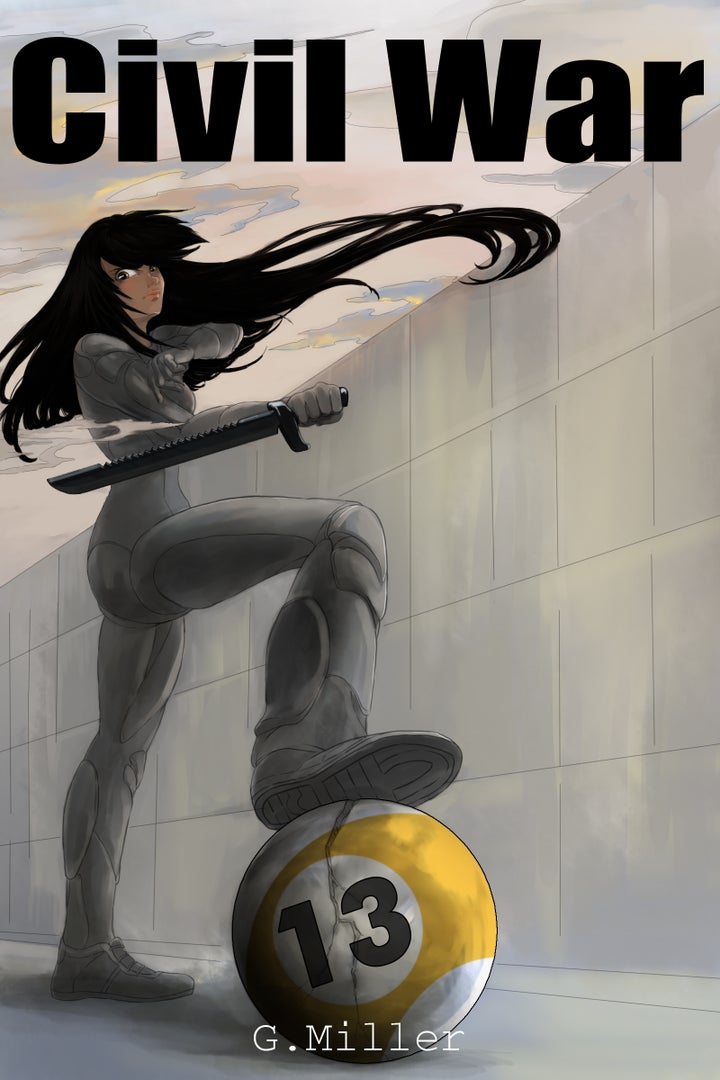
“The northern media did not do a very good job of looking in their own back yard when it came to racism and segregation. And it still happens. These code words and narratives have been around for a long, long time.” ― Wil Haygood.
I returned to Connecticut as a freelance journalist who covered sports and education. In August, a former classmate of mine from Naugatuck, Carissa Walters, engaged Jasen Markette in a nasty argument about confederate statues in which he called her a “mud shark,” a derogatory term for a white woman who had sex with a black man. Walters learned Markette was a Naugatuck police officer while spreading the word on Facebook about his bigoted statements, but no news outlet covered the incident. So I broke the story and followed it until the Naugatuck Police Department suspended Markette for 10 days without pay.
Would Naugatuck Police have punished Markette if I didn’t break that story? I have no clue. Walters filed a complaint and the department investigated regardless of my reporting. But I would be lying if I said it didn’t feel good exposing racism in a town and state where I, or my family, experienced it so often.
Walters received most of the hate mail, but I braced myself. A black man exposing racism in a mostly white town wouldn’t walk away unscathed, and I didn’t. An old classmate, Kevin Murowsky, sent me this message.
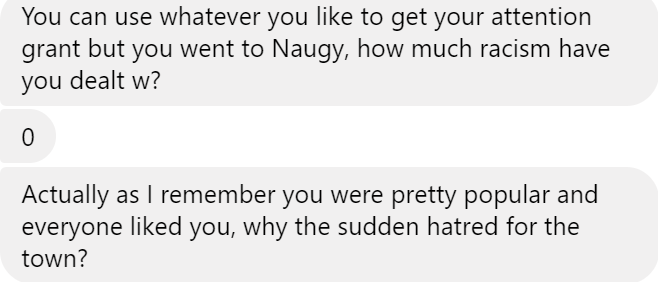
Kevin Murowsky decided for me that I never experienced racism.
This statement fits a theme I’ve noticed with today’s form of white supremacy. It’s not enough to deny that racism exists, but he must shame me for saying it does and then tell me about my own experiences as if my eyes, ears and mind have deceived me.
This is common gaslighting with the intent to silence, and I’m not succumbing to it.
Racism is the American fact, and quite a few Connecticut residents are no exception. Perhaps they don’t want the world to know because that would alter the state’s reputation as the innocuous land of North Face jackets, uggs, and Starbucks. But we can’t ignore why Marshall had to visit Bridgeport, and we can’t ignore how the Brianna Brochus of America ended up here. Brochu learned that hatred from somewhere, and it wasn’t from an episode of Gilmore Girls. She learned from generations of redlining and de facto segregation, white supremacist influence and ignorance that has molded people like her into nutmegger bigots who bristle when you call them racist.
Connecticut has the kind of racism that usually prefers to stay in the dark, and the first step to addressing it is shining a light on it. If you do, you will likely find more stories like Rowe’s, Walters’, mine, and the rest of my family’s. If you don’t, they will go untold, and the American fact will remain the same.
As long as I have a voice to speak, and a proverbial pen to write, I will use both to tell the truth until that change comes.
